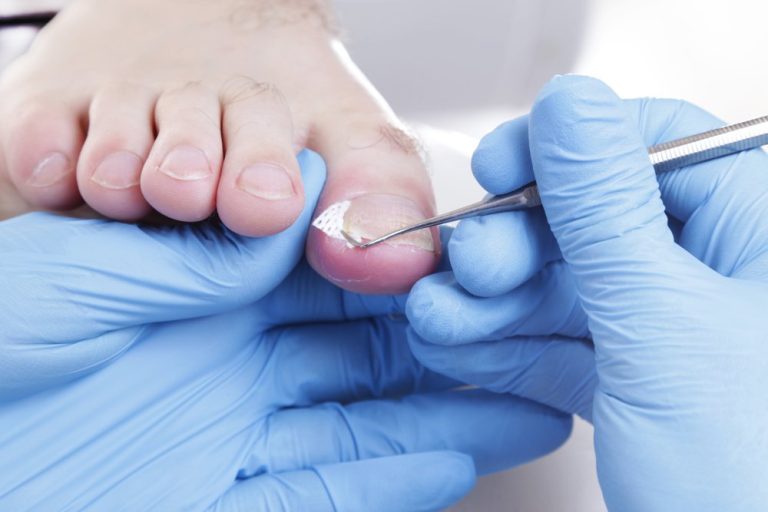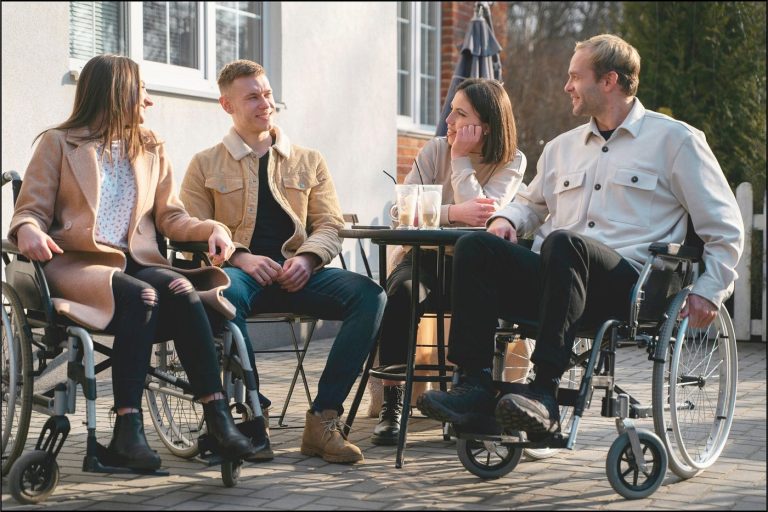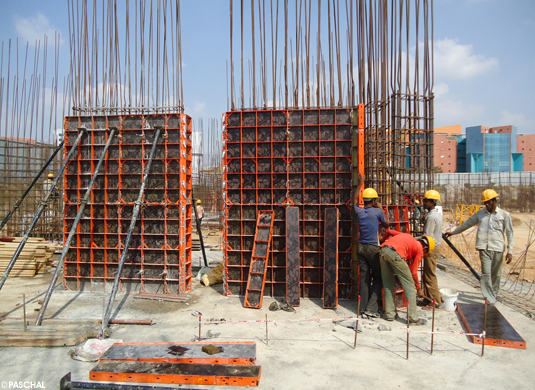An inevitable aspect of being human is experiencing pain. Acute pain is a warning sign to stop more damage, but chronic pain can last longer than anticipated and frequently turns into a crippling illness. Millions of people have chronic pain globally, which impairs everyday functioning, mental health, and general quality of life. A variety of individualized tactics are needed to overcome the complex problem of ending the pain cycle and providing long-term comfort. This article examines several methods of treating chronic pain while highlighting the significance of an individualized, comprehensive treatment strategy.
Comprehending the Pain Cycle
It’s important to know what the pain cycle involves before diving into techniques to disrupt it. An injury or sickness that causes the nervous system to send Pain Relief signals is often the first step in the pain cycle. Chronic pain can sometimes result from these pain signals persisting long after the original cause has healed. Central sensitization is the term for changes in the neurological system brought on by chronic pain that increase sensitivity to pain stimuli.
Healthcare Procedures
The first line of treatment for persistent pain is frequently medication. These may consist of prescription drugs, needles, and surgical operations. They might not offer a perfect answer, but they can play a significant role in pain management and in allowing people to participate in other therapeutic activities.
Medicines
Acetaminophen and nonsteroidal anti-inflammatory medicines (NSAIDs) are examples of over-the-counter pain relievers. Prescription drugs include opioids, anticonvulsants, and antidepressants. To prevent possible negative effects and dependency, it is imperative to utilize these medications under a doctor’s supervision.
Injections
Injections can be a major source of relief for certain kinds of chronic pain. Injections of corticosteroids lessen inflammation and pain in diseases such as arthritis, whilst nerve blocks can stop pain impulses in nerve pain.
Surgery
To treat the underlying source of pain in extreme situations, surgery may be required. When conservative measures fail, procedures like nerve decompression, joint replacement, or spinal fusion can offer long-lasting relief.
Exercise and Physical Therapy
Exercise and physical therapy are essential tactics for ending the pain cycle. They improve general health and wellbeing while addressing the physical components of pain.
Physical Therapy
Based on the individual’s unique condition, a physical therapist can create a customized exercise and rehabilitation program. Manual therapy, stretches, and strengthening exercises are a few strategies that can help reduce discomfort, increase range of motion, and stop more injuries.
Exercise
Keeping up a regular exercise regimen is crucial for controlling chronic pain. The body’s natural painkillers, endorphins, are released when you exercise, which also lifts your spirits. Exercises that increase flexibility, strength, and balance while being low-impact include yoga, tai chi, walking, swimming, and yoga.
Methods of Psychology
In addition to being a medical illness, chronic pain has important psychological aspects as well. In order to provide long-term relief, these factors must be addressed.
Cognitive behavioral therapy (CBT) is a well-researched psychological technique that assists people in altering painfully connected maladaptive thought patterns and behaviors. Through the process of reframing their thinking and creating coping mechanisms, people can lessen the negative effects of suffering in their life.
Mindfulness and Meditation
By concentrating on the present moment and lowering stress, mindfulness exercises and meditation can assist people in managing their pain. It has been demonstrated that these methods enhance emotional health and lessen pain perception.
Biofeedback is a method that helps people learn to regulate their own physiological functions, like heart rate and muscle tension. Pain and stress levels can be decreased by people by becoming more conscious of and in control of these processes.
Changes in Lifestyle
Modifying one’s lifestyle can have a big impact on managing chronic pain. These changes are intended to enhance general health and lessen pain-causing variables.
Nutrition
Reducing inflammation and discomfort may be aided by a nutritious diet. Foods high in vitamins, antioxidants, and omega-3 fatty acids can help control pain levels. It is also advantageous to abstain from processed foods, sweets, and excessive alcohol use.
Sleep hygiene
A cycle of pain and exhaustion is frequently caused by chronic pain interfering with sleep. Good sleep hygiene habits can enhance the quality of your sleep and lessen pain. These include keeping a regular sleep schedule, making your bedroom comfortable, and avoiding stimulants just before bed.
Stress management
Prolonged stress can make pain worse and trigger a number of additional health problems. Methods like progressive muscle relaxation, deep breathing, and hobby-taking can assist lower stress levels and enhance the results of pain treatment.
Alternative and Supplemental Medical Practices
For those who suffer from chronic pain, complementary and alternative therapies can be a beneficial adjunct to traditional therapy.
Acupuncture
To stimulate muscles and nerves, tiny needles are inserted into certain body locations. When it comes to ailments like osteoarthritis and back pain, this technique can help lessen discomfort and enhance function.
Chiropractic Care
The primary goals of chiropractic care are the diagnosis and treatment of musculoskeletal conditions, especially those that impact the spine. Methods like spinal manipulation can help reduce discomfort and increase range of motion.
Tailored Pain Relief Strategy
Long-term recovery from chronic pain necessitates a customized Pain Management Strategy due to its intricate nature. This plan has to be created in conjunction with medical professionals and customized to meet the unique requirements and preferences of the patient. A mix of medical care, physical therapy, psychological support, dietary adjustments, and complementary therapies may be used.
To meet evolving requirements and guarantee treatment efficacy, periodic check-ins and plan modifications are essential. Other essential elements include education and self-management techniques, which enable people to actively participate in their pain control.
In summary
A thorough and customized strategy is needed to end the pain cycle and provide long-term relief from chronic pain. By combining medical interventions, physical therapy, psychological support, lifestyle modifications, and alternative therapies, individuals can improve their quality of life and regain control over their health. While chronic pain may not be completely eradicated, these strategies can significantly reduce its impact and help individuals lead fulfilling lives. Collaboration with healthcare professionals and a commitment to ongoing self-care are key to successfully managing chronic pain and breaking free from its debilitating cycle.














